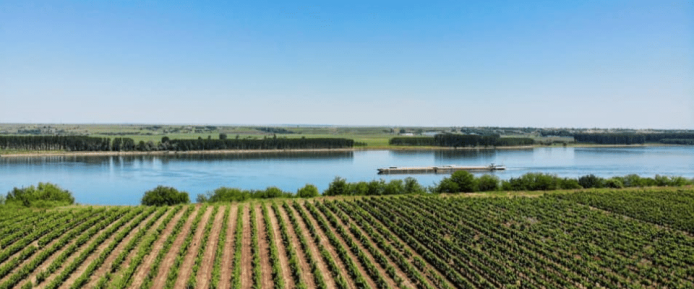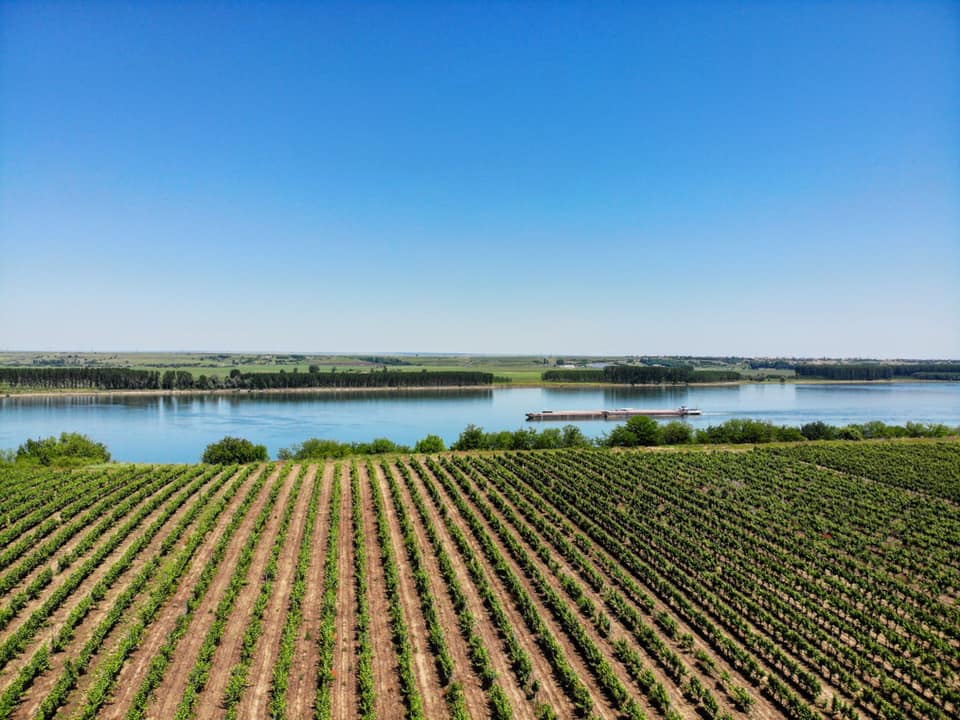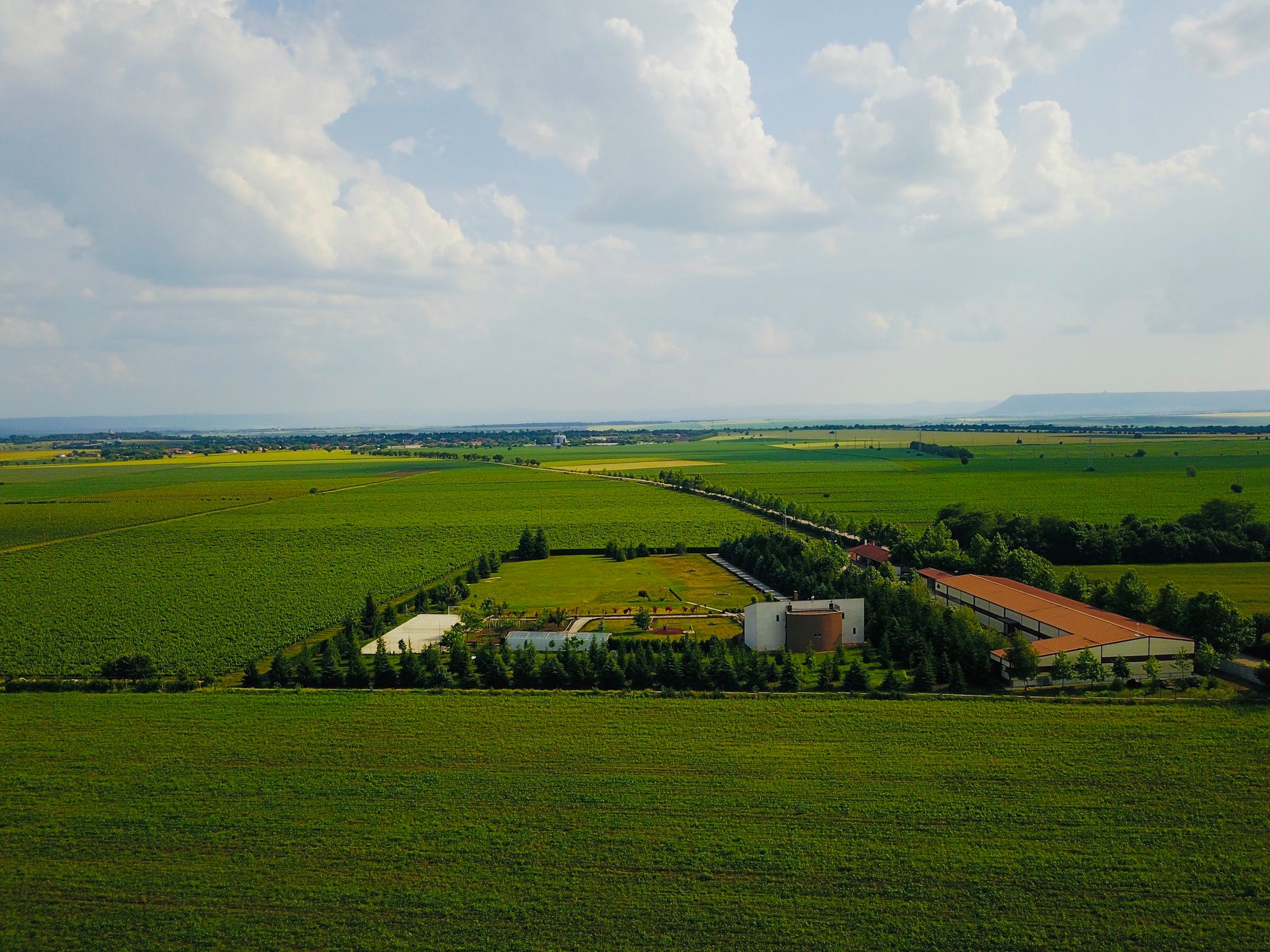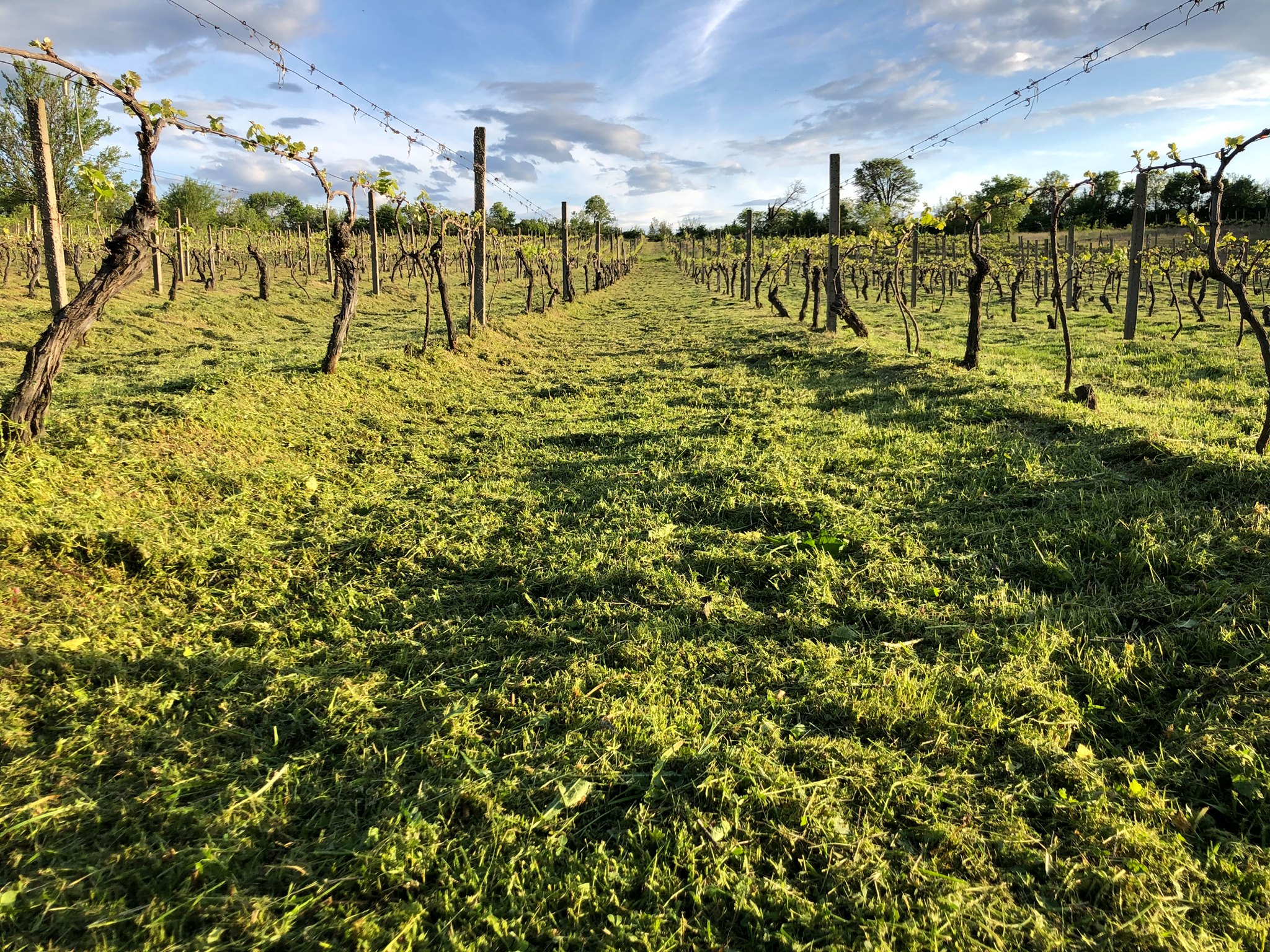Your Mini Basket

All about Bulgarian Wine and its native grape varieties.
Why Bulgarian wine? We were recently approached by Yordan, a young man working in a Cheltenham wine bar...
Why Bulgarian wine? We were recently approached by Yordan, a young man working in a Cheltenham wine bar, who asked if he could show us some wines from his native Bulgaria. He’d been tasked with giving them a wider audience by a UK importer, and while sceptical, we like wine and (eventually) obliged him, tasting an initial twelve wines. That left us feeling a bit daft for not paying much attention to the country, beyond the odd wine based on international varieties from the south of the country.
The most striking thing was the chance to see the country’s native varieties. In the reds, the juicy, bright Gamza; the Nebbiolo-esque Melnik grown in the south of the country; to the ripe, fruity and herbal Mavrud. The native whites primarily range various Muscat derivatives, the production bolstered by neighbour Georgia’s Rkatsiteli. French imports such as Chardonnay and Ugni Blanc make up the rest,
A brief history of Bulgarian Wine
Bulgarian wine will likely mean more to those who drank during the 1970s and 1980s. Unbelievably now, Bulgaria rose to become the world’s fourth highest exporter, becoming a very normal part of wine conversation, though perhaps not in the same breath as the classic ‘fine wine’ regions of Bordeaux or Tuscany. What followed, of course, was not particularly beneficial to the Bulgarian wine trade. Mikhail Gorbachev’s tenure as head of the Soviet Union led to severe restrictions on alcohol production in the early 80s, in response to a spiralling lack of sobriety. Part of this plan would inevitably involve stopping wine production at its primary source, in the Soviet’s southerly states. Vineyards in Bulgaria were dug up, and prices fixed for what remained, destroying any incentive to produce quality, healthy fruit.
While the free-market made its return after the fall of communism in 1990, further mistakes were made over the next ten years that would halt any attempt to revive the country’s global winemaking status, not least of all, the dramatic decline in able winemakers.
Around the time of joining the EU in 2007, a raft of subsidies and grants made grape growing and winemaking rather more attractive and investment swiftly followed. It suddenly seemed rather sensible to own your own land and farm your own grapes, for that was surely the route to achieving a higher price for your wines and repaying investments.
So, is Bulgarian Wine any good?
All of which leads us, rather efficiently, to the wines we now stock. In recent history, the country’s wine production has been geographically divided into north and south: the Danubian Plains to the north of, funnily enough, the Danube river; the Thracian Lowlands to the south, with the Balkan Mountains handily dividing the two. This is unsurprisingly an over-simplification that would never express the subtle cultural, meteorological and geological variation of a country which while not huge (less than half the area of the UK, so imagine telling a Yorkshireman they’re from London), is plenty big enough to deserve some delineation.
Danubian Plains
Bulgaria’s border with Romania to the north predominately follows the Danube River on its path from the Black Forest in Germany in the west, to its mouth in the Black Sea in Romania to the north east. These plains south of the river are broadly 1 degree cooler than the south of the country, though this is still a largely continental climate with summers in the high 30s and viciously cold winters. In the northwest corner of this region, right next to the Danube, where the soils are especially light and sandy, we find Bononia Estate.

Bononia Estate Vineyard on the River Danube.
While recent plantings have seemingly focused on international varieties, we were very taken by their Gamza, a native grape variety also grown in Hungary under the name ‘Kadarka’. The closest comparison we can make is that Gamza is somewhere between Pinot Noir, Garnacha (specifically in the Spanish style) and perhaps Gamay. The wine is brilliantly fruity but by no means simple; there’s an intensity and character that really impresses.
A little further south is the Borovitza winery, in the village of the same name. With vines under the remarkable Borov Kamuk rock, and a second vineyard further north (very close to Bononia Estate near Vidin), Borovitza was founded by Dr Ogi Tsvetanov, who sadly passed away leaving the winery to co-founder and winemaker Adriana Srebrinova. Cuvée Bella Rada is an intriguing blend of Rkatsiteli, Aligoté and Chardonnay, partly aged in Bulgarian oak. The wine floats from invigorating tangy grapefruit and mandarin to a soft, leafy herbal note, all held together by very subtle nuttiness from the oak.
Black Sea
Moving east, we head towards the Black Sea. For the last 50 years this north-east corner of Bulgaria has been bundled in with the rest of the Danubian Plains wine region, but the sea’s cooling influence certainly earns the region its own title. Tsarev Brod was founded in 2001 by Ivan Ivanov, who planted what is now 27 hectares of vines, while the wines are made by Nikolay Krastev.

Tsarev Brod Winery and Vineyards
They work mostly with native varieties, this being Gergana, a crossing of two other older varieties, the perfumed Dimyat and Muscat Ottonel. Tasting Muscat-family wines is often a fraught experience. They’re deliciously grapey or floral, but can seem a bit of a one trick pony. This crossing however seems to have tamed some of that, with the cooler conditions and likely some clever winemaking bringing out a thrilling salinity and lemon-sharp acidity counterpoise from the variety.
Thracian Lowlands
To the south lies the regional winemaking hub of Plovdiv, in the Thracian Lowlands close to the southern border with Greece. This is one of the hottest areas of Bulgaria, with a humid subtropical climate. Unsurprisingly, Bulgaria’s fullest bodied reds are made here from varieties such as Melnik and Mavrud, more of which later, and Rubin, a cross-breeding of Syrah and Nebbiolo. The reds are as you’d expect. Chewy, dense fruit, built for ageing, and/or food.
But this is the ‘pink side of Rubin’, made by friends Petar and Radostin, better known by their surnames, Georgiev/Milkov. While now working across Bulgaria as consultants, with their friend Nikolay Krastev, to the new generation of wineries, this is their own label, working with native varieties. The fruit comes from a 40 year old vineyard just west of Plovdiv, the juice spending a short time in contact with the grape skins for colour and flavour before resting in stainless steel and interestingly, French acacia barrels for four months. This is a textured, creamy rosé, and no mere summer’s day throwaway. We first introduced this to customers without disclosing its origin, and while we weren’t expecting anyone to correctly identify it as Bulgarian, we hoped to at least have people taste it without prior discrimination. Would you believe it, the Provence rosé fans loved it.
Struma Valley
Finally (though we are missing out the central Valley of the Roses region), we move to the south-west corner of Bulgaria. The Struma Valley is close to the border with Greece to the south and North Macedonia to the west, and is the hottest part of the country. As such, it is the perfect place to grow the late-ripening Shiroka Melnishka Loza, or Broad-Leaved Melnik. With its huge leaves and aversion to cooler Autumn temperatures, it can be a tricky variety to grow, with a number of hybrid crossings such as Early Melnik (slightly less romantically known as Melnik 55, which could almost be a 60s Sci-Fi series about a colony on Mars) seeking to bring its ripening forward.

Damyanov Vineyards in the Struma Valley
Damyanov Winery, in the heart of the Struma Valley, perseveres with Melnik. The variety was prized through the 19th and early 20th centuries, Winston Churchill having the wines shipped to London. As it happens, the property was founded by Prokop Marinkov after fighting in World War II. Under Soviet rule, the farm was taken away from the family before being returned in 1991 under the state programme of restoring rightful ownership. Their ‘Vynyrd’ Melnik, from 50 year old vines, reminds us a great deal of Barolo’s Nebbiolo grape, with its powerful tannins and sweetly perfumed aroma. Having had no oak ageing, it has a lovely purity and freshness and will surely age well. That said, it is delicious now, particularly after an hour’s decanting.
Give Bulgarian Wine a go
Chances are, you've either never tried a Bulgarian wine, or you've not had one in quite some years. We've fallen for the country's wines and their stories and can't wait to hope you'll join us in (re)discovering their quality.
